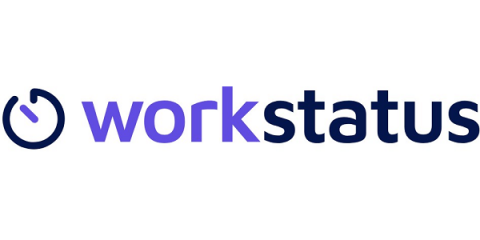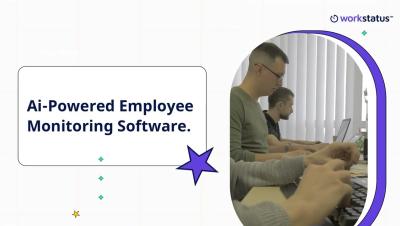What Is a 2-2-3 Schedule and How Does It Work?
The traditional 9-to-5 is being reshaped; businesses are embracing new rhythms to resonate with their diverse workforce. Amidst this reshaping work dynamics, a pressing concern surfaces: How can organizations balance sustaining productivity and safeguarding their team’s well-being? Is it possible to provide flexibility without sacrificing operational efficiency? The 2-2-3 work schedule isn’t just another trend—it’s a testament to evolving workplace dynamics.










